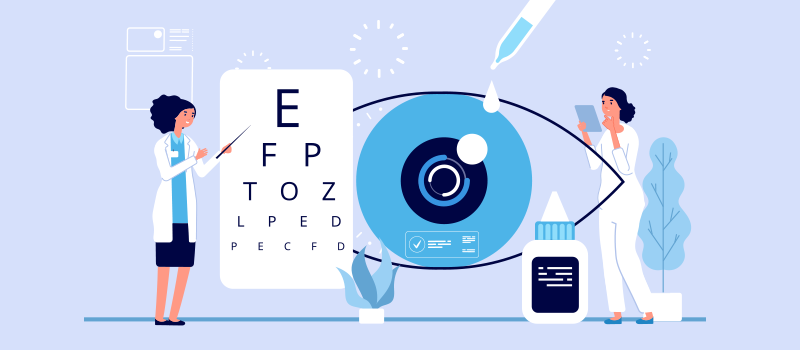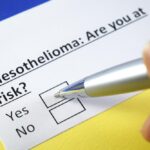Introduction
Your eyes are among the most vital organs, yet many people neglect proper eye care until problems arise. Vision loss and eye diseases are often preventable with the right habits.
This 3,500-word guide reveals:
✔ 5 science-backed tips for lifelong eye health
✔ Common eye threats and how to avoid them
✔ Nutrition and lifestyle choices that protect vision
✔ When to see an eye specialist
By following these strategies, you can maintain sharp vision and reduce risks of cataracts, glaucoma, and macular degeneration.
1. Eat a Vision-Boosting Diet
Key Nutrients for Eye Health
| Nutrient | Benefits | Best Food Sources |
|---|---|---|
| Vitamin A | Prevents night blindness | Carrots, sweet potatoes, spinach |
| Lutein & Zeaxanthin | Shields against blue light damage | Kale, eggs, corn |
| Omega-3s | Reduces dry eye risk | Salmon, walnuts, chia seeds |
| Vitamin C | Lowers cataract risk | Oranges, bell peppers, strawberries |
| Zinc | Supports retina function | Oysters, beef, pumpkin seeds |
Top 5 Eye-Healthy Foods
- Leafy greens (spinach, kale) – Rich in lutein
- Fatty fish (salmon, mackerel) – High in omega-3s
- Eggs – Contain both lutein and zinc
- Citrus fruits – Loaded with vitamin C
- Almonds – Great source of vitamin E
Pro Tip: The Mediterranean diet—high in fish, nuts, and colorful veggies—is linked to 32% lower risk of macular degeneration.
2. Protect Your Eyes from Digital Strain & UV Damage
Blue Light Defense Strategies
- Follow the 20-20-20 rule: Every 20 minutes, look at something 20 feet away for 20 seconds
- Use blue light filters on devices (Night Shift mode or apps like f.lux)
- Consider computer glasses with anti-glare coating
Sun Protection Musts
- Wear 100% UV-blocking sunglasses year-round
- Choose wrap-around styles to prevent side exposure
- Don’t forget a wide-brimmed hat for extra protection
Did You Know? Cumulative UV exposure increases risks of cataracts by up to 60%.
3. Practice Proper Eye Hygiene & Care
Daily Eye Care Routine
- Wash hands before touching eyes
- Remove makeup thoroughly before bed
- Use hypoallergenic eye drops if dry
- Replace contact lenses as recommended
Red Flags Needing Doctor Attention
- Sudden floaters or flashes (could signal retinal detachment)
- Persistent redness or pain
- Blurred vision that won’t clear up
4. Exercise Regularly & Manage Health Conditions
How Physical Activity Helps Eyes
- Aerobic exercise reduces intraocular pressure (prevents glaucoma)
- Blood circulation delivers more oxygen to retinal cells
Health Conditions That Affect Vision
| Condition | Eye Risk | Prevention Tip |
|---|---|---|
| Diabetes | Diabetic retinopathy | Keep blood sugar under control |
| High Blood Pressure | Damaged retinal vessels | Monitor BP regularly |
| Autoimmune Diseases | Dry eye syndrome | Stay hydrated |
5. Get Regular Comprehensive Eye Exams
Recommended Exam Schedule
| Age Group | Frequency |
|---|---|
| Children (6-18) | Every 1-2 years |
| Adults (19-60) | Every 2 years |
| Seniors (60+) | Annually |
What Advanced Tests Detect
- Optical coherence tomography (OCT): Scans for glaucoma
- Visual field test: Checks peripheral vision loss
- Dilated eye exam: Reveals retinal issues
Key Stat: 90% of vision loss from glaucoma could be prevented with early detection.
Bonus: 3 Eye Myths Debunked
❌ Myth: “Reading in dim light ruins eyesight”
✅ Truth: It causes temporary strain but no permanent damage
❌ Myth: “Carrots alone give perfect vision”
✅ Truth: A balanced diet matters more
❌ Myth: “If you see fine, no need for checkups”
✅ Truth: Many eye diseases have no early symptoms
Conclusion: Your Action Plan for Lifetime Vision
✅ Eat eye-nourishing foods daily
✅ Wear UV protection religiously
✅ Take screen time breaks
✅ Control systemic health issues
✅ Schedule regular eye exams

